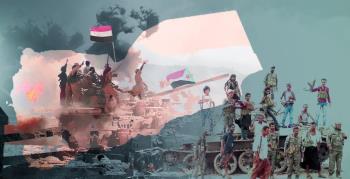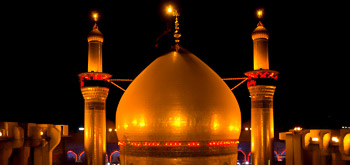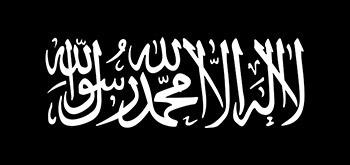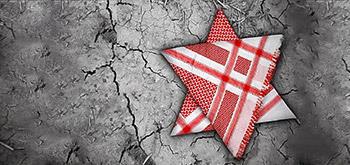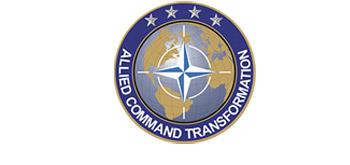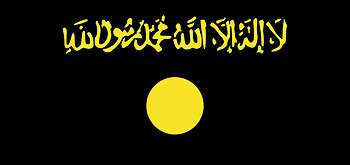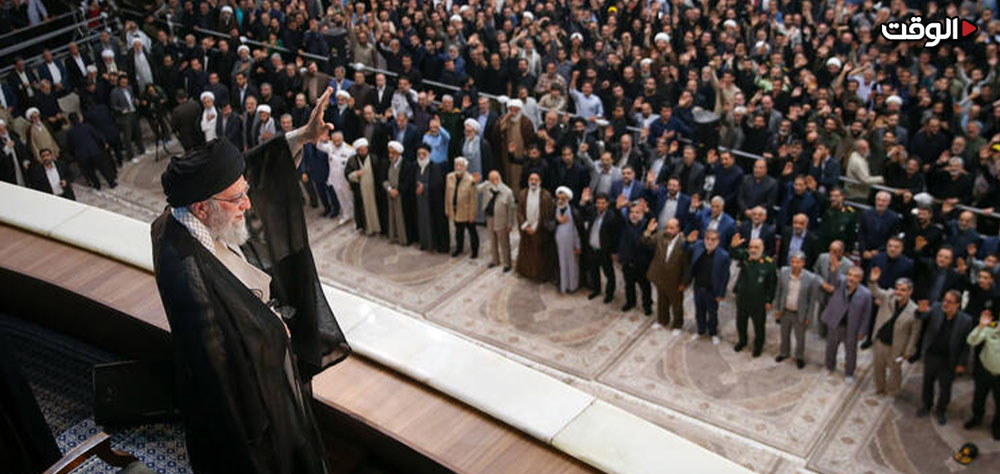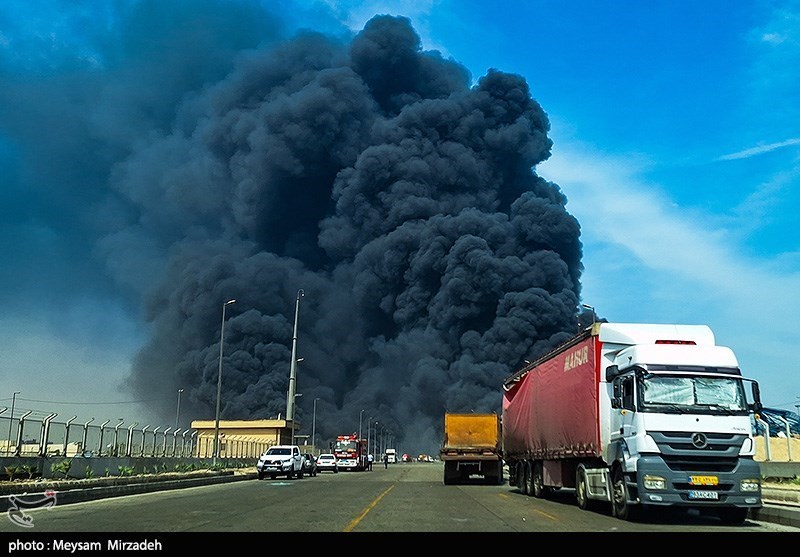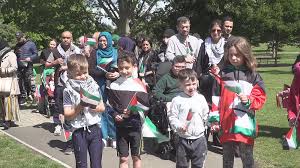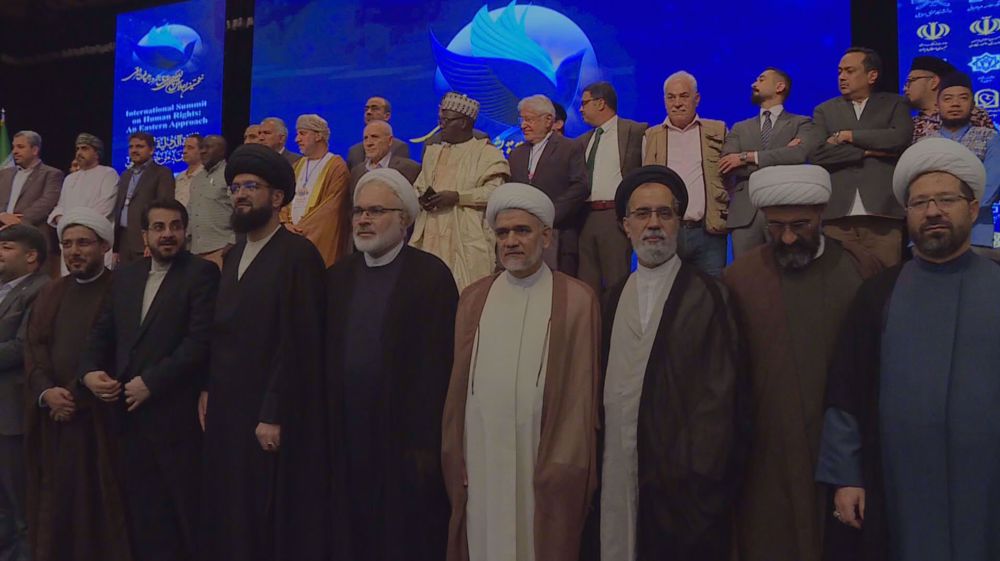ALWAGHT- The OHCHR condemned Israel for massacring aid recipients at humanitarian sites in Rafah and the Netzarim corridor in central Gaza, amid a deadly Israeli attack on another aid location.
Israeli forces have repeatedly attacked Palestinians gathered at Gaza Humanitarian Fund (GHF) aid distribution points in Rafah, killing dozens and injuring many others. The GHF, backed by Israel and the US, operates as an alternative to UN-affiliated aid channels but has faced sharp criticism after these deadly incidents. The UN’s human rights office (OHCHR) condemned these attacks, stating that Israel’s militarized aid mechanism violates international standards and endangers civilians, with the weaponization of food potentially constituting war crimes.
Eyewitnesses and survivors described chaotic scenes where Palestinians seeking basic food aid were shot at, resulting in preventable deaths and injuries. Humanitarian groups like Médecins Sans Frontières criticized the new aid system as dehumanizing and ineffective, urging that aid be delivered by competent humanitarian organizations to ensure safety and dignity. Gaza’s health authorities labeled the GHF sites as “Israeli death traps” and linked the attacks to forced displacement amid a worsening humanitarian crisis.
Since Israel imposed a strict aid blockade on Gaza in March, conditions have deteriorated sharply, with widespread malnutrition and famine threatening tens of thousands, especially children. Over 54,000 Palestinians have been killed and more than 124,000 injured since the conflict escalated in October 2023, with civilians, including many women and children, bearing the brunt of the violence and deprivation.

